Description
Amaltas, Cassia fistula, Golden shower – Plant
The Amaltas Cassia Fistula plant, an enchanting botanical marvel, enriches outdoor environments with vibrancy. Native to the tropical regions of Asia and Africa, this deciduous beauty captures the essence of nature’s elegance. With its long clusters of golden-yellow flowers hanging gracefully, the Amaltas infuses gardens and open spaces with a touch of warmth. To thrive, this plant requires full sunlight and well-drained soil.
Beyond its ornamental value, the Amaltas holds therapeutic significance. Traditional medicine harnesses the potential health benefits of its leaves, blossoms, and pulp. Explore the captivating beauty and healing potential of the Amaltas Cassia Fistula plant, and turn your outdoor haven into a genuine gold mine.
Medicinal Uses:-
- Fever: The bark of the Amaltas tree is used to make a decoction that is taken to reduce fever.
- Heartburn: People use the leaves of the Amaltas tree to create a paste and apply it to the chest for relieving heartburn.
- Constipation: The fruit of the Amaltas tree is a mild laxative that can help to relieve constipation.
- Diarrhea: The bark of the Amaltas tree is used to make a decoction that is taken to treat diarrhea.
- Skin diseases: The leaves of the Amaltas tree are used to make a paste that is applied to the skin to treat skin diseases such as eczema and psoriasis.
Caring Instructions:-
1. Sunlight: Plant your Amaltas in a spot that receives full sunlight. This sun-loving plant thrives in bright, direct light, which encourages robust flowering.
2. Soil and Watering: Prevent waterlogging by using well-draining soil. During its growing season (spring to summer), water your Amaltas plant regularly, ensuring the soil dries slightly between each watering. Decrease the frequency of watering in colder months.
3. Pruning: Maintain a balanced shape and encourage better air circulation by pruning the plant. Promote healthy growth by removing dead or diseased branches.
4. Fertilization: Feed your Amaltas with a balanced, slow-release fertilizer during the growing season. This enhances flowering and overall vitality. Be cautious not to over-fertilize, as it can lead to excessive foliage growth.
5. Pest and Disease Control: Watch out for pests such as aphids, mealybugs, and caterpillars. If you see any infestations, use the right insecticides to treat them right away. Also, be alert for signs of diseases like fungal infections and take the necessary steps if required.


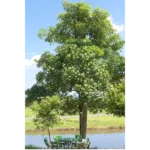
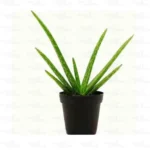
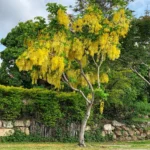
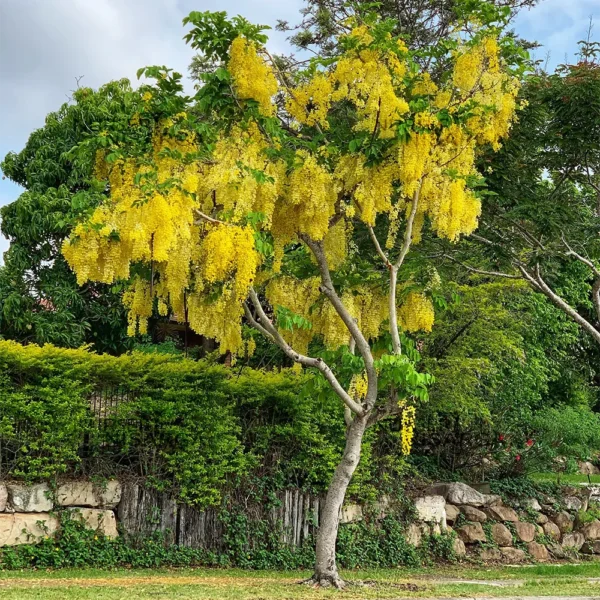
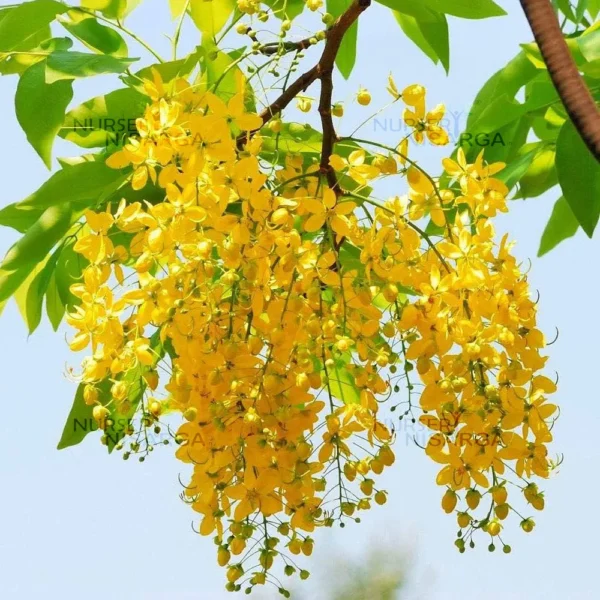
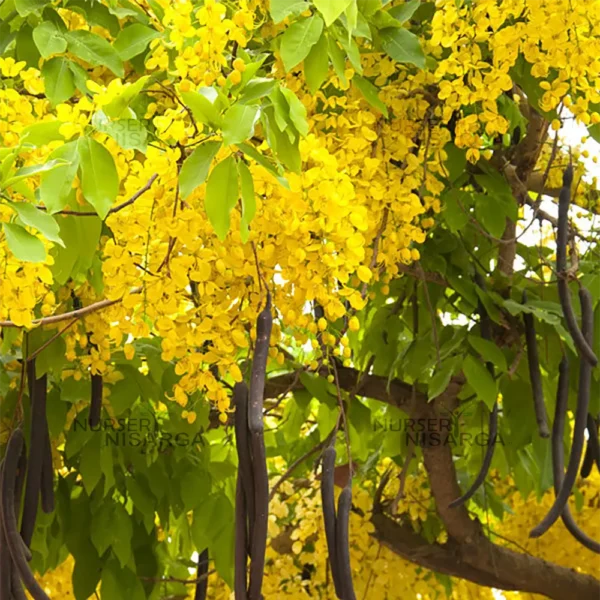

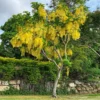
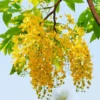
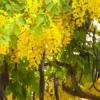

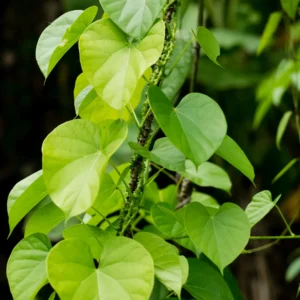

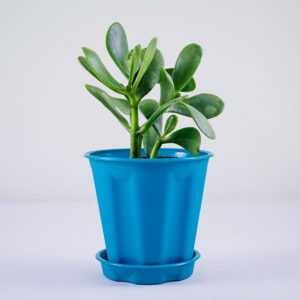

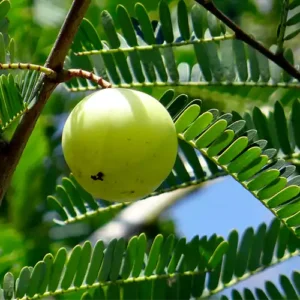
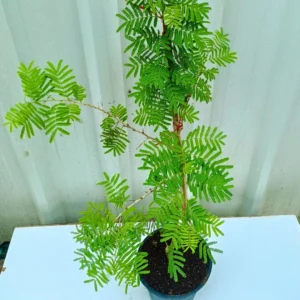

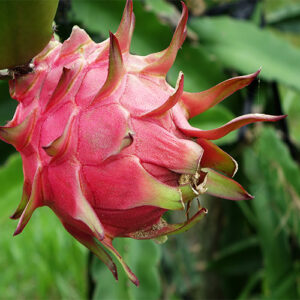
Reviews
There are no reviews yet.